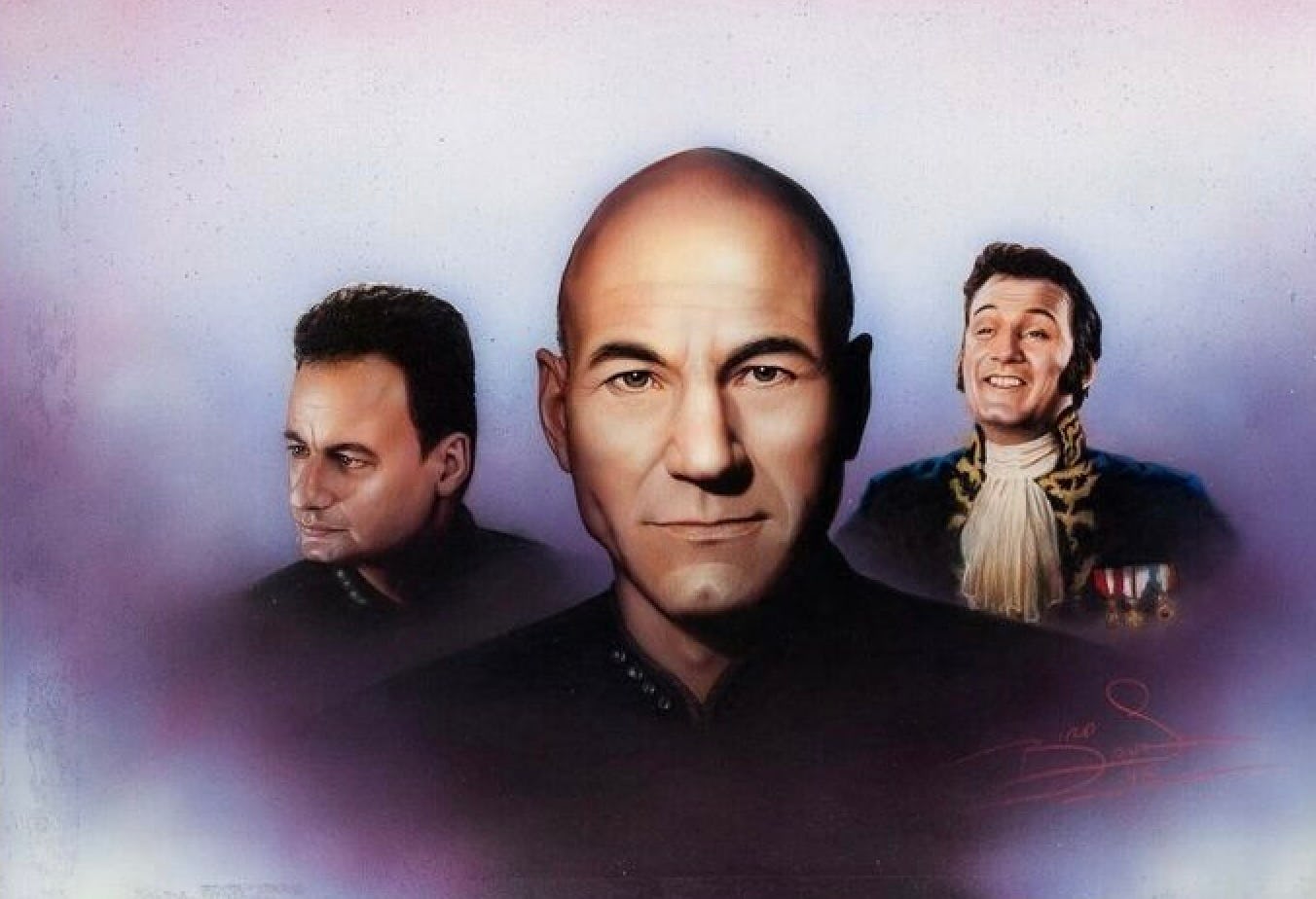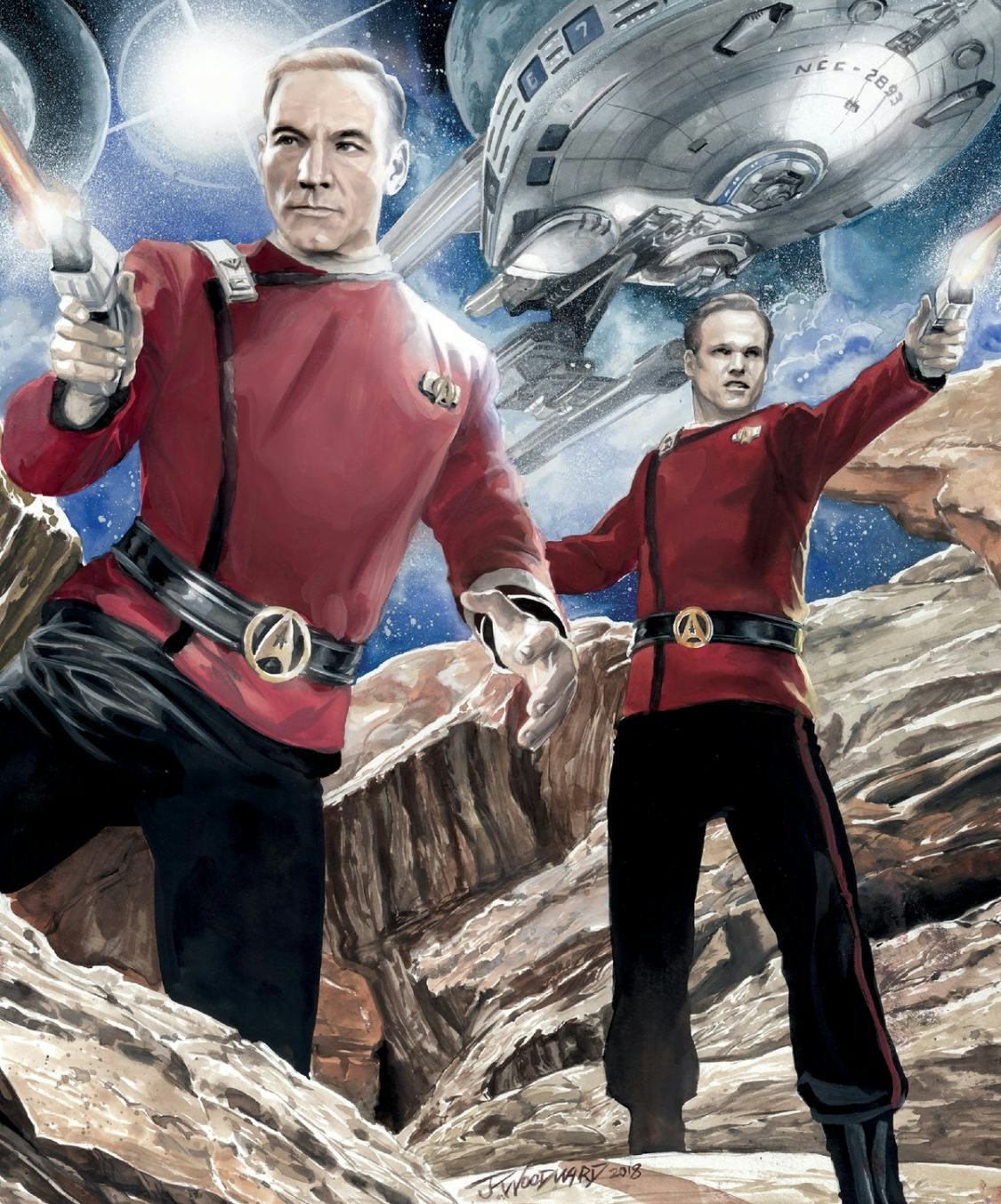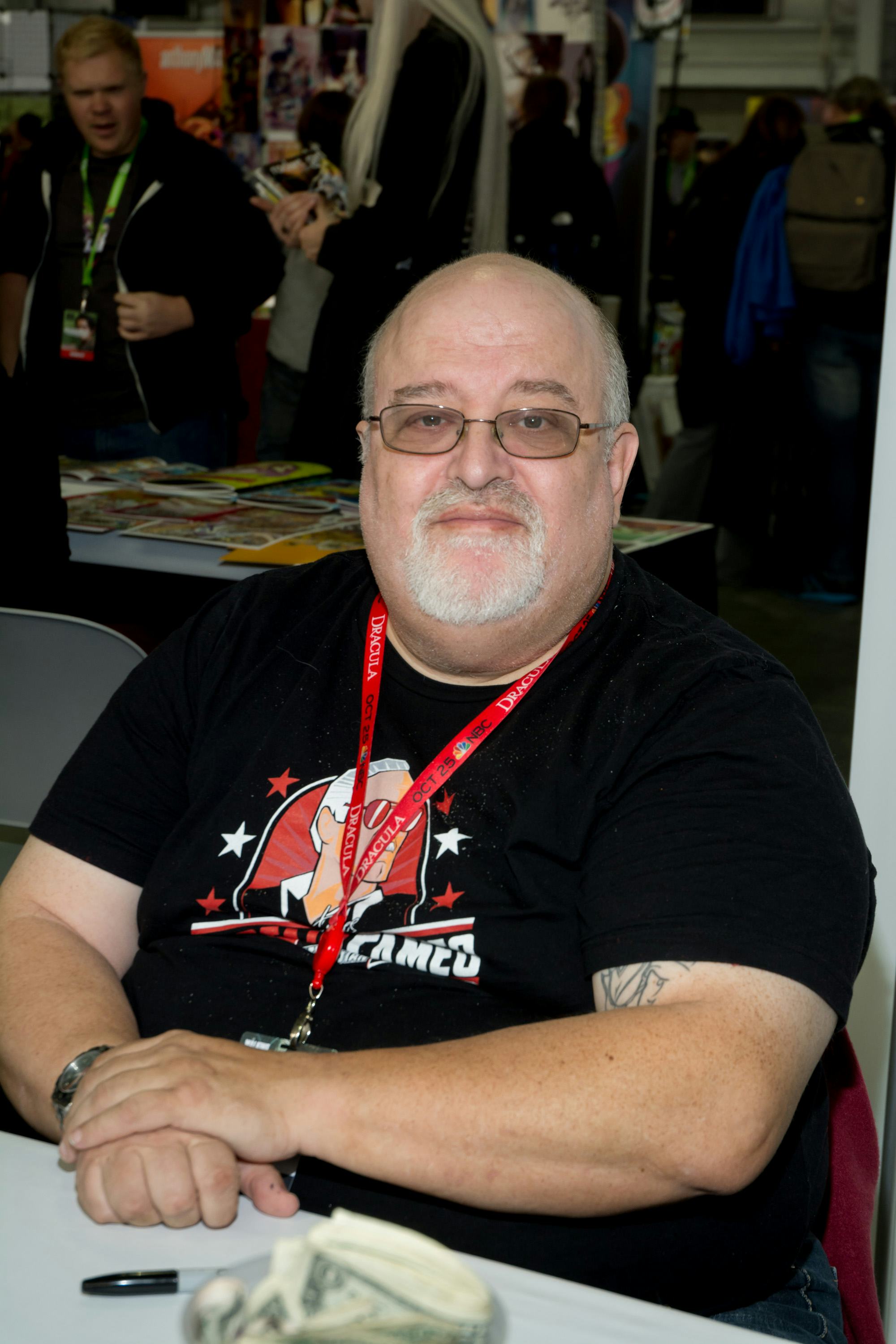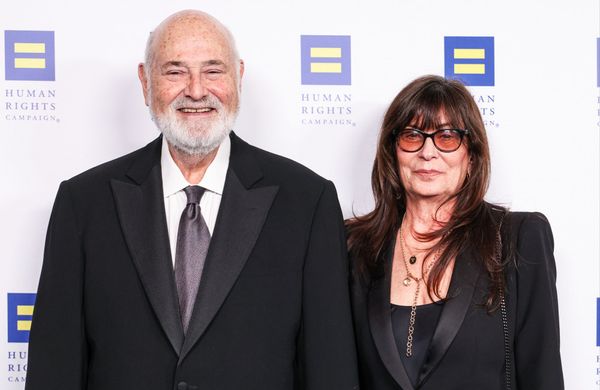
Legendary comic book and novel writer Peter David has passed away at the age of 68. Perhaps best known to comic book fans for his work on The Incredible Hulk and The X-Men, David’s incredible ability to imbue fantastic worlds with an essential human element has touched countless fans and creators. “It felt so adult and mature and well-crafted. Literary, even,” popular comic book writer Alex Segura wrote on his Substack, commenting on David’s ability to turn pop culture icons into serious character studies.
Segura has a point. While David was an utter machine, and cranked out countless tie-in books and comics, connected to familiar universes, he also had an artistic touch with the way he rendered these characters. And, one of David’s most underrated pop culture masterpieces is the 1994 Star Trek: The Next Generation novel, Q-Squared.

Published during one of the biggest years for the Trek franchise ever — right between the finale of The Next Generation and the premiere of Generations — Peter David’s Q-Squared spent five weeks on the New York Times Bestsellers list.
Looking back on the book now, it’s easy to see why. Superficially, Q-Squared is a clever bit of retcon: We learn that the mischievous Trelane (William Campbell) from The Original Series was really a member of the Q-Continuum from The Next Generation, albeit an adolescent, and far less experienced as a space god than John de Lancie’s Q. In a crusade of mad revenge, Trelane breaks down various walls between the multiverse, causing various conflicting Star Trek timelines to converge.
The retcon is all very cool: Not only is the cause of Gary Mitchell’s madness in “Where No Man Has Gone Before” attributed to Q getting trapped in the galactic barrier, but the non-linear way in which Trelane operates is both twisty, and also, strangely easy to follow. We get a version of the “Yesterday’s Enterprise” universe, in which the Federation is warring with the Klingons, as well as an entirely new timeline, where Picard is not the captain of the Enterprise-D.

And it’s in this timeline that David’s skills as a writer really shine. This version of reality features a version of Jack Crusher who didn’t perish on the Stargazer and is instead the captain of the Enterprise. (To be clear, this is Jack Crusher senior, father of Wesley. Not the second Jack Crusher, Jean-Luc’s son, who didn’t exist until 2023’s Picard Season 3.)
The idea here is that Captain Crusher eventually was divorced from Beverly, and in this timeline, Beverly and Jean-Luc Picard (who is a commander, not a captain) launch into a kind of pseudo romantic affair, which they keep secret from Jack. The notion that Jean-Luc, Beverly, and Jack form a Star Trek-y love triangle is central to the book’s premise, something that David would revisit many years later, in a brilliant one-shot comic in 2019, in which Picard and Beverly first meet, and we witness her marriage to Jack.
In Q-Squared the tragedy of Jack Crusher pervades the entire novel, which is deeply emotional, and also somewhat uncomfortable. In the TNG episode “Attached” we tend to side with Jean-Luc about being in love with his best friend’s wife, but in Q-Squared, David’s writing twists this a bit and makes us, for a time, take Jack’s side, assuming Jack were alive to see what happened.

For Trek fans, Peter David is probably best known for his New Frontier novels, which created all new characters, as well as remixing several fan favorites from across the franchise. But, Q-Squared is maybe his best self-contained Trek novel. Because not only is the Crusher-Picard dynamic explored in fascinating detail, the main character of the book is essentially, Q.
How can a science fiction novel with a literal all-powerful god as a main characters still deliver tension, excitement, and true pathos? Peter David knew what he was doing is the answer. If you’re looking for a Trek adventure that ticks all kinds of boxes you never knew needed ticking, you can do no better than this gem.







